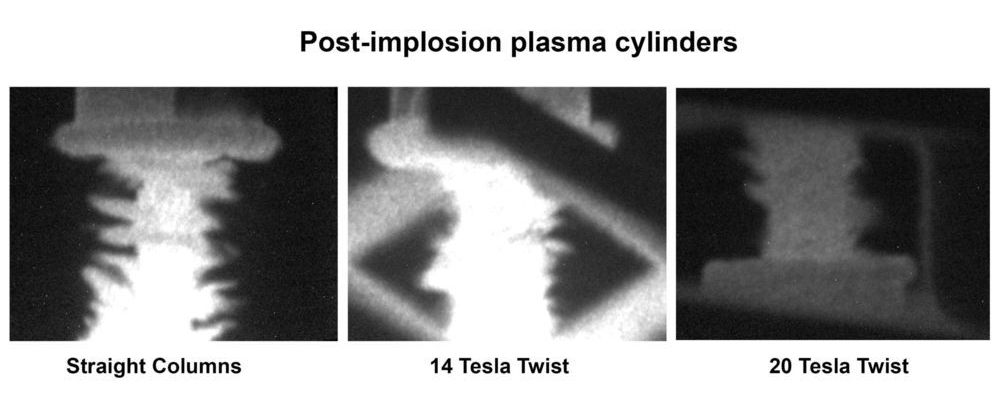Golden Horde introduces swarm tactics to guided munitions—but it also lets the weapons make real decisions.




Japanese researchers have created a smart face mask that has a built in speaker and can translate speech into 8 different languages.
We live in a world full of technology but it was a world without smart masks, until now!
A Japanese technology company Donut Robotics has taken the initiative to create the first smart face masks which connects to your phone. Of course, we couldn’t have battled coronavirus with a simple mask that still does the job of protecting us perfectly well. We as a race need to bring technology into everything and more so if it does an array of extremely important, life-saving things like using a speaker to amplify a person’s voice, covert a person’s speech into text and then translate it into eight different languages through a smartphone app.

No one wants to walk with a walker, but age has a way of making people compromise on their quality of life. The team behind Superflex, which spun out of SRI International in May, thinks there could be another way.
The company is building wearable robotic suits, plus other types of clothing, that can make it easier for soldiers to carry heavy loads or for elderly or disabled people to perform basic tasks. A current prototype is a soft suit that fits over most of the body. It delivers a jolt of supporting power to the legs, arms, or torso exactly when needed to reduce the burden of a load or correct for the body’s shortcomings.
A walker is a “very cost-effective” solution for people with limited mobility, but “it completely disempowers, removes dignity, removes freedom, and causes a whole host of other psychological problems,” SRI Ventures president Manish Kothari says. “Superflex’s goal is to remove all of those areas that cause psychological-type encumbrances and, ultimately, redignify the individual.”

A new spin on the magnetic compression of plasmas could improve materials science, nuclear fusion research, X-ray generation and laboratory astrophysics, research led by the University of Michigan suggests.
The study shows that a spring-shaped magnetic field reduces the amount of plasma that slips out between the magnetic field lines.
Known as the fourth state of matter, plasma is a gas so hot that electrons rip free of their atoms. Researchers use magnetic compression to study extreme plasma states in which the density is high enough for quantum mechanical effects to become important. Such states occur naturally inside stars and gas giant planets due to compression from gravity.
Circa 2017
This bubbly concept car protects more than the driver; its next-generation rubber exterior can save pedestrians, too.
Traditional metal panels are replaced with soft rubber, which absorbs the impact of a collision. The car is also a shapeshifter, meaning that the rubber panels move and flex, forming a more aerodynamic shape.
The futuristic concept was recently showcased at the Tokyo Motor Show, which also featured artificially intelligent cars and electric vehicles. But none as adorable as this rubbery car.
Find us everywhere else:




Scattered across the world are a number of bewildering ‘mystery spots’ that appear to defy gravity — places where cars seem to drift uphill, and cyclists struggle to push themselves downhill.
Also known as gravity hills, these bizarre natural phenomena can be found in places like Confusion Hill in California and Magnetic Hill in Canada, and while they’ve inspired rumours of witchcraft and giant magnets buried in the countryside, the actual scientific explanation will have you questioning every slope you encounter from here on out.
There are reportedly dozens of gravity hills around the world, in the US, the UK, Australia, Brazil, and Italy, and they all have one thing in common — if you drive your car to the bottom of the hill and put it in neutral, it will proceed to roll back UP the slope.